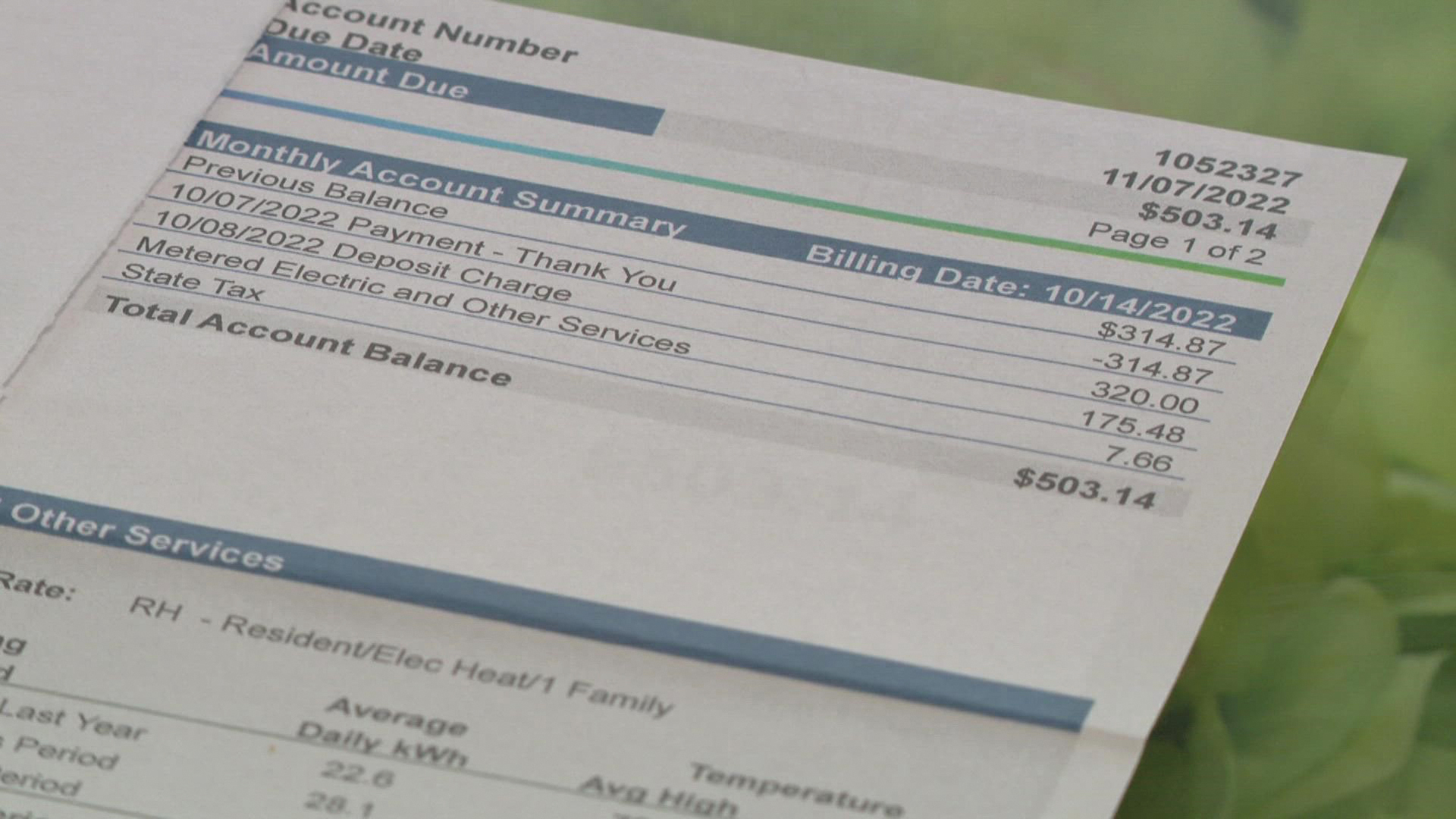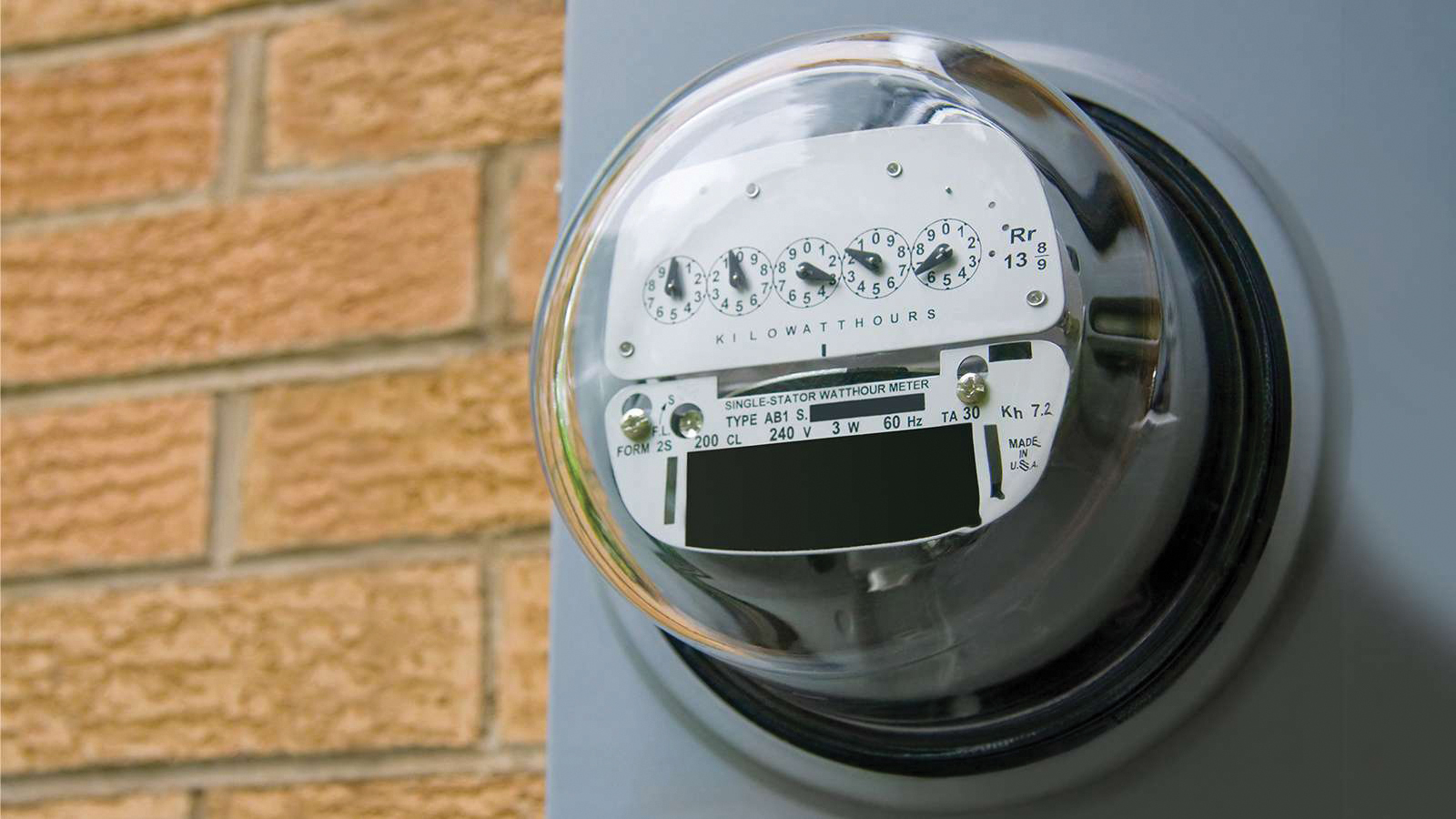 Business owners and plant managers across Kentucky looking to rein in energy costs amid rising prices may find a ray of sunshine as utilities across the commonwealth are offering resources and programs to help them manage their energy use.
Business owners and plant managers across Kentucky looking to rein in energy costs amid rising prices may find a ray of sunshine as utilities across the commonwealth are offering resources and programs to help them manage their energy use.
In 2022, commercial rents, supplies and service costs have risen at their highest rates in 40 years. Now the U.S. Department of Energy is predicting that if you use natural gas for heat, that bill is going up as well.
Basic supply and demand impacts cost and the calculations have many variables. For example, residential use affects commercial supply. And the war in Ukraine is impacting prices this year, according to Mark Wolfe, executive director of the National Energy Assistance Directors Association (NEADA).
Heating an average home with natural gas will cost $200 more than last year—a 28% increase— reaching $931 for the winter, according to federal Department of Energy estimates using current fuel price estimates and forecasts for a slightly colder winter. With electric heating, costs could rise $123, or 10%, to $1,359.
Those rates are on top of even higher increases a year ago, when winter heating costs jumped more than 50%. Nearly half the homes nationwide use natural gas for heat, while about 40% use electricity.
The National Oceanic and Atmospheric Administration projects a 6% increase in the days heat is needed this winter. If the weather is colder than expected, the cost could rise significantly. For example, a winter 10% colder than that base-case forecast would increase residential natural gas heating costs by 51%, around $370, rather than the $200/28% base-case scenario, according to the Energy Information Agency.
Sweltering summers have led to increased electricity use, resulting in lower levels of natural gas heading into winter since the power sector uses natural gas to produce electricity.
Information from the Kentucky Department of Energy and Environment Cabinet notes that the pandemic and the Ukraine war have disrupted global energy markets. The state’s ample coal and gas resources are global commodities and due to supply and demand changes, prices rise just like other items people use every day. The price for electricity and gas will rise going into winter.
The good news for Kentucky in this dreary outlook is that the state’s utilities and other organizations have help in place this winter to ease some of the hardship, especially for low-income families that are impacted the most.
Here are some examples of free resources and other programs offered by utilities throughout Kentucky:
LG&E-KU
“Regardless of the customer class, one of our main goals in assisting all of our customers is to provide them tools and resources to choose from as they work to make the best decisions for running their business and managing its energy use as efficiently as possible,” said Eileen Saunders, vice president-customer services for Louisville Gas & Electric Co. and Kentucky Utilities Co.
Several programs can help LG&E and KU business customers manage costs, including a budget payment plan, rebates and “time of day.”
The budget payment plan, similar to those offered by many utilities to residential customers, makes a bill more manageable by making it more predictable. The program shields customers from weather-related swings by leveling out payments over the course of a year.
The more customers—residents and businesses alike—can manage their energy use, the better they can manage energy bills, Saunders said.
Business customers interested in making energy-efficient upgrades to systems or facilities can also earn cash rebates for their investments. Rebates can be earned for new facilities constructed above the state building code or through improvements to existing facilities, such as installing energy-efficient lighting or compressed-air system upgrades.
Time-of-day refers to savings businesses get for managing how much energy they use and when, enabling customers to save by taking advantage of a lower cost-per-kilowatt hour during off-peak hours, which vary by season. Utility representatives help businesses identify the rate that best matches their needs and energy demand.
On the residential level, LG&E-KU works with Louisville Metro Community Services and Metro United Way to offer heating and cooling assistance programs for people facing disconnection of utilities through the federal Low-Income Home Energy Assistance Program (LIHEAP).
Community Winterhelp is a nonprofit made up of agencies that provide emergency heating assistance from January to April for low-income households in crisis that are without heat or in immediate danger of being without. Customers’ donations to the nonprofit are matched by LG&E year-round so more money is available for assistance.
LG&E’s We Care (Weatherization, Conservation, Advice and Recycling Energy) program helps with energy education and weatherization for income-eligible customers. Project Warm, another nonprofit, provides free, year-round weatherization, repairs and energy management education to income-eligible homeowners and renters, including the elderly and those with a disability.
 TOUCHSTONE ENERGY COOPERATIVES
TOUCHSTONE ENERGY COOPERATIVES
The 16 electric cooperatives of Kentucky’s Touchstone Energy Cooperatives across 87 counties work together to develop programs to help their members manage energy usage and monthly power bills, deploying those programs based on the needs of the communities they serve.
For commercial and industrial members, the co-ops offer options for shifting power usage to times when wholesale power is less expensive, helping both businesses and the co-ops save money. Working with their co-op, businesses can establish a cap on interruptible hours each year. Time-of-use rates are available to help cut costs for those businesses and homeowners able to shift energy-intensive activities from daytime to night, when power usage and the cost of energy on the grid tends to drop.
All the co-ops offer the Simple Saver program, which provides members $20 annually for enrolling either their smart thermostat or the central air-conditioning unit, allowing the co-op to manage energy usage during peak demand periods. Members can get signup bonuses from $20 to $110.
“Simple Saver is an effective way for electric cooperative members to save money while helping keep costs down for all co-op members because it allows us to manage peak loads when market prices for power are very high,” said Tom Castle, supervisor of Commercial and Industrial Services for Touchstone.
Josh Littrell, manager of Touchstone’s Demand Side Management Program, said most of the co-ops offer incentives like rebates for upgrading a heat source to a high-efficiency heat pump or sealing air leaks and improving insulation.
“Our program includes a rebate for building to standards, which typically results in 30% less energy use compared to typical construction,” Littrell said. “Those savings really add up over the life of the home.”
Since the 1.1 million Kentucky residents served by Touchstone co-ops include many on limited income in rural areas who struggle to make ends meet, the company works with local affordable housing agencies in the Kentucky Community Action Agency network to offer the CARES program. CARES offers incentives of up to $2,000 for improving weatherization and energy efficiency, with eligibility based on income. The co-ops also help with other’s financial challenges.
“Each electric cooperative is different, but they will find a way to work with members, whether through a levelized billing program or by working out arrangements for payments over a period of time,” Littrell said.
DUKE ENERGY
Duke Energy offers tools and resources to help customers take control of energy use and save money, including text alerts to adjust and save before a bill arrives, budget billing, free usage reports, and payment plans. Duke customers struggling to pay energy bills can receive up to $300 in annual credits.
Duke Energy’s bill assistance is available for qualifying customers through the company’s Share the Light Fund program. Duke works in partnership with the Northern Kentucky Communication Action Commission to distribute its assistance funds.
“We share our customers’ concern about the current state of rising prices in all aspects of their daily lives,” said Amy Spiller, president of Duke Energy Ohio/Kentucky. “Our customers are noticing higher energy bills as rising fuel costs impact the price of energy. We know that higher bills can be a hardship for many, and we want to connect our customers with financial assistance and resources to help.”
Duke Energy/Ohio/Kentucky, a subsidiary of Duke Energy, provides electric service to 880,000 residential, commercial and industrial customers in a 3,000-square-mile area, and natural gas service to 550,000 customers in a 2,650-square-mile area in Ohio and Northern Kentucky.
“We still are in challenging economic times and approaching cold weather and higher energy prices could create additional ha

rdships on our customers. The increase in fuel prices is set by the market and passed through to customers with no markup,” Spiller said.
In addition to purchasing energy at the best price possible, Spiller said the company is diligent about aggressively managing operations and maintenance in the most cost-effective manner for customers.
Duke Energy also works with the Low-Income Home Energy Assistance Program to help those earning below certain thresholds to qualify for federal energy bill assistance money through the Kentucky Cabinet for Health and Family Services.
WinterCare is a Duke Energy-sponsored program administered by the Northern Kentucky Community Action Commission. Eligibility is determined in part by household income. Also, People Working Cooperatively manages enrollment and qualification of Duke Energy customers for free home weatherization improvements that can help lower heating costs.
KENERGY
Kenergy, an electric distribution cooperative in Western Kentucky, serves more than 57,000 businesses and homes in 14 counties and maintains more than 7,200 miles of power lines. It was established in July 1999 through the consolidation of the Henderson-Union Electric Cooperative and Green River Electric.
Kenergy offers partial payment plans and in 2016 started an Operation Roundup program to provide members with a voluntary means of assisting those who struggle to pay their electric bills. WinterCare is another program that assists low-income members and there are free community programs that can help pay electric bills, the most common being LIHEAP.
KENTUCKY POWER
Kentucky Power, which is headquartered in Ashland and provides service to approximately 165,000 customers in all or part of 20 Eastern Kentucky counties, offers advice that can make a significant difference in customers’ bills, along with programs to help those struggling to pay.
Among the initiatives offered are the Home Energy Assistance in Reduced Temperatures (HEART) and the Temporary Heating Assistance in Winter (THAW) programs that are available to income-qualified customers.
HEART provides participants who have electric heat with $115 assistance from January to April. Qualifying customers with nonelectric heat can receive $58 a month over the same four months. THAW can assist customers facing hardship up to $175 toward their electric bill.
 “Because of the volatile fuel costs in the winter months ahead, it’s important our customers prepare their homes and budgets,” said Cindy Wiseman, Kentucky Power vice president of external affairs and customer service. “It’s our priority to ensure customers have access to tips on how to be more energy efficient and information on the tools, payment plans and assistance programs we offer to avoid or manage potential high winter bills. We want our customers to know there are numerous ways we can help.”
“Because of the volatile fuel costs in the winter months ahead, it’s important our customers prepare their homes and budgets,” said Cindy Wiseman, Kentucky Power vice president of external affairs and customer service. “It’s our priority to ensure customers have access to tips on how to be more energy efficient and information on the tools, payment plans and assistance programs we offer to avoid or manage potential high winter bills. We want our customers to know there are numerous ways we can help.”
Click here for more Kentucky business news.



















